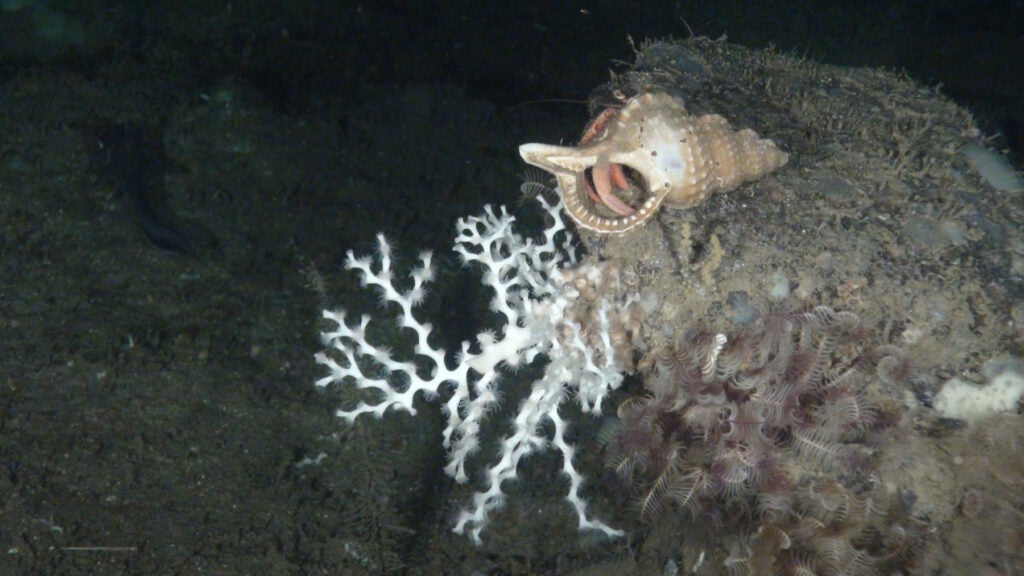Report | November 16, 2020
Habitat forming species explain taxonomic and functional diversities in a Mediterranean seamount

Abstract
Complexity provided by habitat-forming species in marine ecosystems has been linked to higher species richness and biodiversity as well as enhancing ecosystem functioning. This study assesses how the presence of biogenic component of benthic habitats affects the taxonomic richness and functional diversities of a seamount benthos. We used a variety of complementary metrics on abundance data and quantitative community analyses to detail the composition, structure, diversity and functionality of eight biogenic and five non-biogenic benthic habitats across the Seco de los Olivos Seamount, located to the south of the Iberian Peninsula, in the western Mediterranean. This study shows that the presence of habitat-forming species in benthic habitats increases richness and enhances α and functional diversities. Their influence is more evident in soft and mixed bottoms, where the multiplying effect on structural complexity is proportionally greater than in rocky habitats. Biogenic habitats hosted a higher number of single species in comparison with non-biogenic habitats. The presence of habitat-forming species also determines diversity among habitats at similar depth and type of substrate, with variation in species richness responsible for the most diversity; turnover, however, dominated diversity among habitats of different environments. Species richness hotspots were also associated to biogenic structures and were found restricted to the summit of the central guyot and other areas located on the surrounding ridges. Different functional composition of these benthic habitats also suggested differences in ecosystem functioning: biogenic habitats resembled more stable or at advanced stages of successional maturity than non-biogenic habitats and are characterized by biological traits that allow them to better promote benthic-pelagic coupling. From a conservation perspective an increased functional redundancy was found related to the occurrence of habitat-forming species in high abundance, which favours functional replacement and makes communities less vulnerable to environmental changes. The results of this study can help managers to develop specific management tools to ensure the future evaluation and monitoring of benthic communities.
(Via Science Direct)


